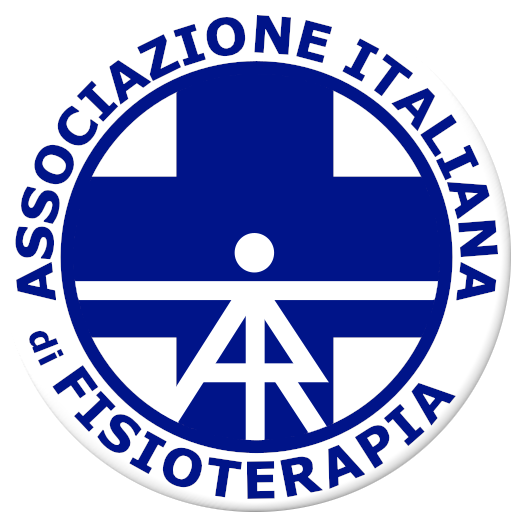Riabilitazione motoria nei disturbi funzionali del movimento: una scoping review
Motor rehabilitation in functional movement disorders: a scoping review
Introduction
Functional movement disorders (FMDs) are psychiatric disorders characterized by an heterogenous presentation involving sensory, cognitive, psychiatric, and especially motor (e.g., tremor, dystonia, weakness, gait disturbance) symptoms, in the absence of organic lesions or brain diseases that could account for the symptomatology. Despite the high degree of disability and the prevalence in the general population, the comprehension of FMDs pathophysiology is still limited, and treatments are sometimes tentative. Several studies have demonstrated the effectiveness of physiotherapy in managing the symptomatology, with promising effects on motor symptoms and quality of life. In this narrative review, we collect the available knowledge about the use of motor rehabilitation protocols in patients with FMDs to foster further investigations on this topic.
Methods
The search of articles specifically exploring physiotherapy treatment as a rehabilitation program for FMDs conditions was conducted on PubMed database between February and March 2023, using the following keywords: functional movement disorder, psychogenic movement disorder, physiotherapy, motor training, and rehabilitation.
Results
Different motor rehabilitation programs in terms of techniques, frequency, intervention and outcome are available in literature1. Several studies proposed protocols of short sessions (five consecutive days a week, one week) using mental distraction techniques (e.g., dual task exercises, mental imagery, mirror therapy) and sports activities (stationary bike, treadmills, and climbing)2–5 with mainly short-term improvements in functional mobility, self-perceived quality of life, gait, and level of disability. Only one study proposed longer protocols (>3 weeks) in which more complex activities (e.g., dance) were also included6, with improvements in gait and overall health level.
Discussion and Conclusion
The available literature suggests motor rehabilitation as a possible first-line treatment for the management of FMDs within the framework of a multidisciplinary approach to the patient, with improvement in both motor function and patient quality of life. Further studies are essential to better explore the effectiveness of motor rehabilitation, even in the long term, and to define new techniques and treatments for FMDs
REFERENCES
1 Nielsen, G. et al. J. Neurol. Neurosurg. Psychiatry 86, 1113–1119 (2015)
2 Nielsen, G. et al. J. Neurol. Neurosurg. Psychiatry 88, 484–490 (2017)
3 Nielsen, G. et al. J. Neurol. 262, 674–681 (2015)
4 Czarnecki, K. et al. Parkinsonism Relat. Disord. 18, 247–251 (2012)
5 Reid, M. et al. J. Neurol. Sci. 443, 120461 (2022)
6 Jordbru, A. A. et al. J. Rehabil. Med. 46, 181–187 (2014)
